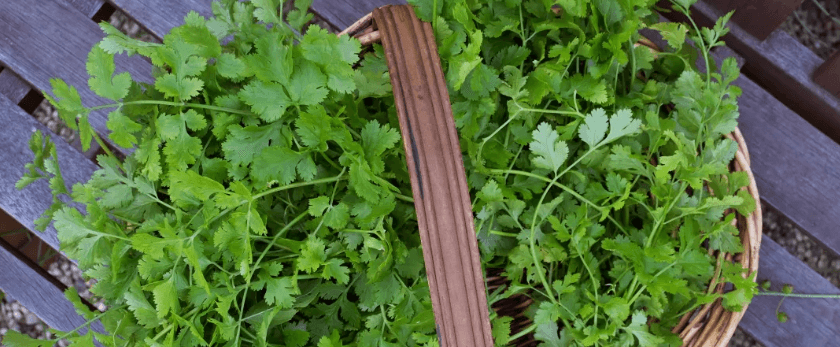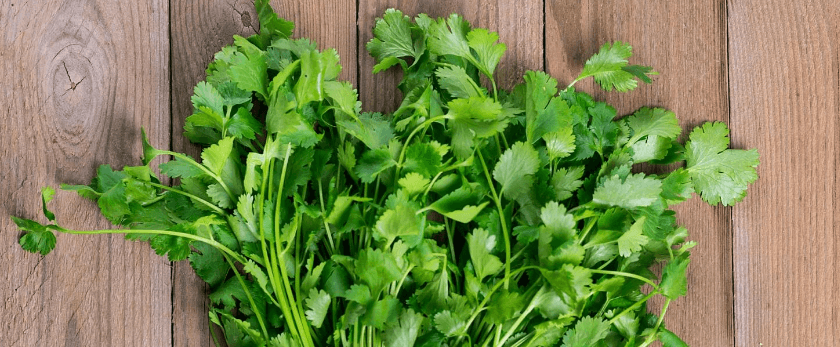Cilantro, also known as coriander, is a versatile and flavorful herb that is commonly used in many cuisines around the world. Not only does it add a delicious touch to dishes, but it also has numerous health benefits. Growing your own cilantro at home is not only a cost-effective option, but it also ensures that you have a fresh supply of this herb whenever you need it. In this article, we will discuss how to grow cilantro and provide you with all the information you need to successfully cultivate this herb in your own garden.
What is Cilantro?
Cilantro is a herb that belongs to the parsley family. It is native to regions in southern Europe, northern Africa, and southwestern Asia. The leaves of the cilantro plant are commonly used in cooking, while the seeds, known as coriander seeds, are used as a spice. Cilantro has a distinct flavor that is often described as a combination of parsley and citrus.
How to Care for Cilantro
Cilantro is a relatively easy herb to grow, but it does require some care and attention. Here are some key points to keep in mind when caring for your cilantro plant:
Watering
Cilantro plants require consistent moisture, but they do not like to be overwatered. It is important to keep the soil moist, but not waterlogged. Water your cilantro plant when the top inch of soil feels dry to the touch. Avoid getting the leaves wet when watering, as this can lead to fungal diseases.
Light
Cilantro plants prefer full sun to partial shade. They can tolerate some shade, but they will produce fewer leaves and may become leggy. If you are growing cilantro indoors, place it near a south-facing window where it can receive at least 6 hours of sunlight per day.
Soil
Cilantro plants prefer well-draining soil that is rich in organic matter. You can use a general-purpose potting mix or create your own by mixing equal parts of compost, peat moss, and perlite. Make sure the soil is loose and crumbly to allow for proper drainage.
Fertilizer
Cilantro plants do not require a lot of fertilizer, but they will benefit from a balanced fertilizer once a month. You can also use a slow-release fertilizer at the beginning of the growing season. Avoid using high-nitrogen fertilizers, as they can cause the plant to produce more foliage and fewer flowers.
Pruning
Pruning is an important part of caring for cilantro plants. Regularly pruning the plant will encourage it to produce more leaves and prevent it from becoming leggy. You can start pruning your cilantro plant when it reaches about 6 inches in height. Simply pinch off the top 1-2 inches of the plant, including the stem and leaves. This will encourage the plant to grow more branches and produce more leaves.

What is the Best Time to Grow Cilantro?
Cilantro is a cool-season herb that prefers temperatures between 50-85°F. It is best to plant cilantro in the early spring or fall, as it does not do well in hot weather. If you live in a warmer climate, you can still grow cilantro in the summer by providing it with some shade and keeping the soil consistently moist.
Common Problems with Cilantro
While cilantro is a relatively easy herb to grow, it can still face some common problems. Here are some issues you may encounter when growing cilantro and how to address them:
Bolting
Bolting is when the cilantro plant produces flowers and goes to seed prematurely. This is a common problem with cilantro, especially in hot weather. To prevent bolting, make sure to keep the soil consistently moist and provide the plant with some shade during the hottest part of the day.
Pests
Cilantro plants can be susceptible to pests such as aphids, spider mites, and whiteflies. To prevent these pests, regularly inspect your plants and remove any affected leaves. You can also use natural pest control methods such as neem oil or insecticidal soap.
Fungal Diseases
Cilantro plants can also be prone to fungal diseases such as powdery mildew and downy mildew. To prevent these diseases, make sure to water the plant at the base and avoid getting the leaves wet. You can also use a fungicide if necessary.
Conclusion
Growing cilantro at home is a rewarding experience that allows you to have a fresh supply of this flavorful herb at your fingertips. By following the care tips outlined in this article, you can successfully grow cilantro in your own garden or even in a pot on your windowsill. Remember to harvest your cilantro regularly to encourage new growth and enjoy the delicious flavor it adds to your dishes. Happy growing!










